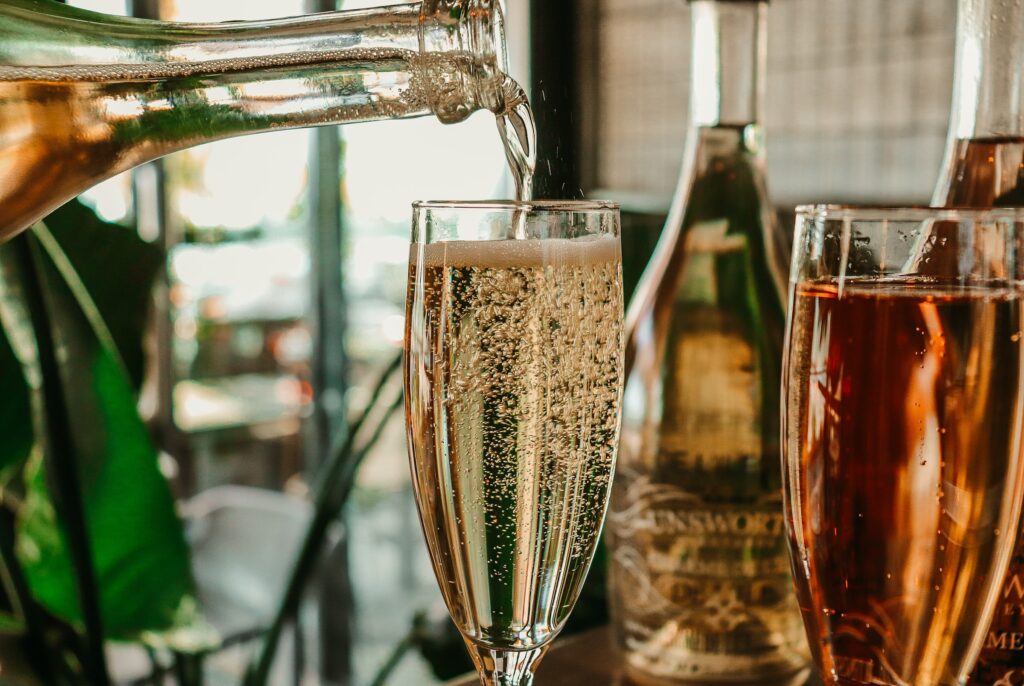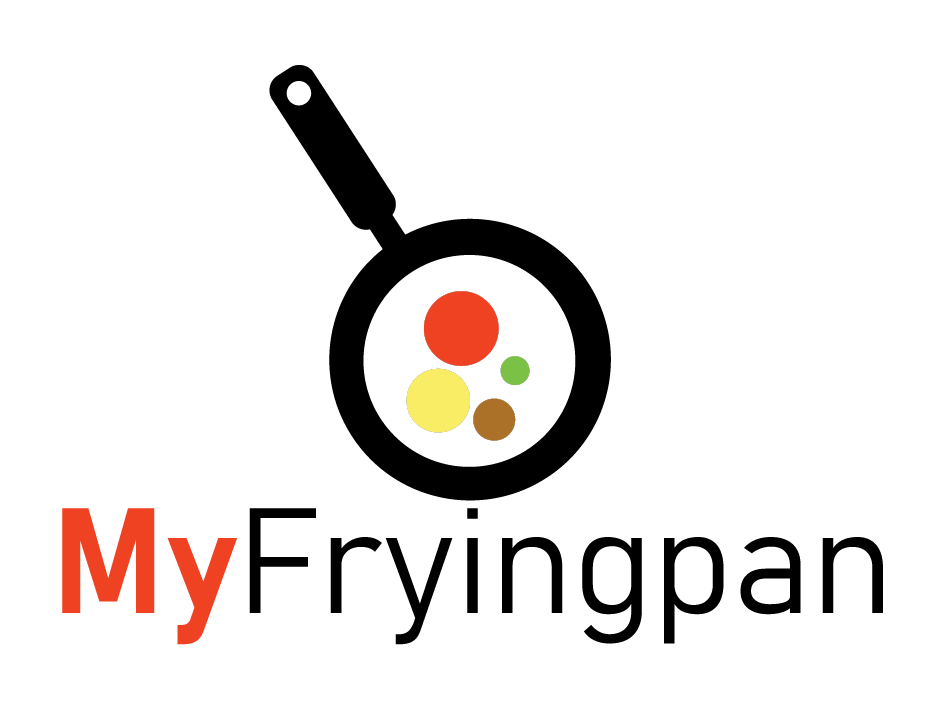Champagne Vs. Sparkling Wine: Distinguishing The Bubbles
Champagne and sparkling wine are both effervescent delights, renowned for their celebratory nature and ability to add a touch of elegance to any occasion. However, there are distinct differences between the two, primarily related to their origin, production methods, and characteristics.

Champagne constitutes a distinct category of effervescent wine, with its origins tracing back to the Champagne region in France. The label “Champagne” holds legal safeguards and is exclusively applicable to wines crafted within this officially demarcated area. The unique climate, soil composition, and grape varieties of Champagne contribute to its distinctive flavor profile and reputation for high quality.
The traditional technique used to produce Champagne is referred to as the méthode champenoise or traditional method. This approach entails a secondary fermentation occurring directly within the bottle. Once the base wine is formulated, a blend of yeast and sugar is introduced to the bottle, initiating a secondary fermentation.
This intricate process leads to the creation of carbon dioxide, which becomes confined in the bottle, ultimately giving rise to the iconic effervescence and bubbles associated with Champagne. The bottles are aged for a specific period on their lees, allowing the wine to develop complex flavors before the sediment is removed through a process called disgorgement.
Conversely, sparkling wine encompasses any fizzy wine containing bubbles. These wines can come from various regions around the world and are produced using different methods. While certain sparkling wines adhere to the traditional method, alternative approaches like the Charmat method might be employed, involving the secondary fermentation taking place in sizable tanks instead of individual bottles.

This can result in slightly different textures and flavor profiles.
The terminology associated with sparkling wine can also vary. For example, in Spain, the term “Cava” is used for sparkling wines produced using the traditional method, while in Italy, “Prosecco” is a well-known sparkling wine variety made using the Charmat method.
